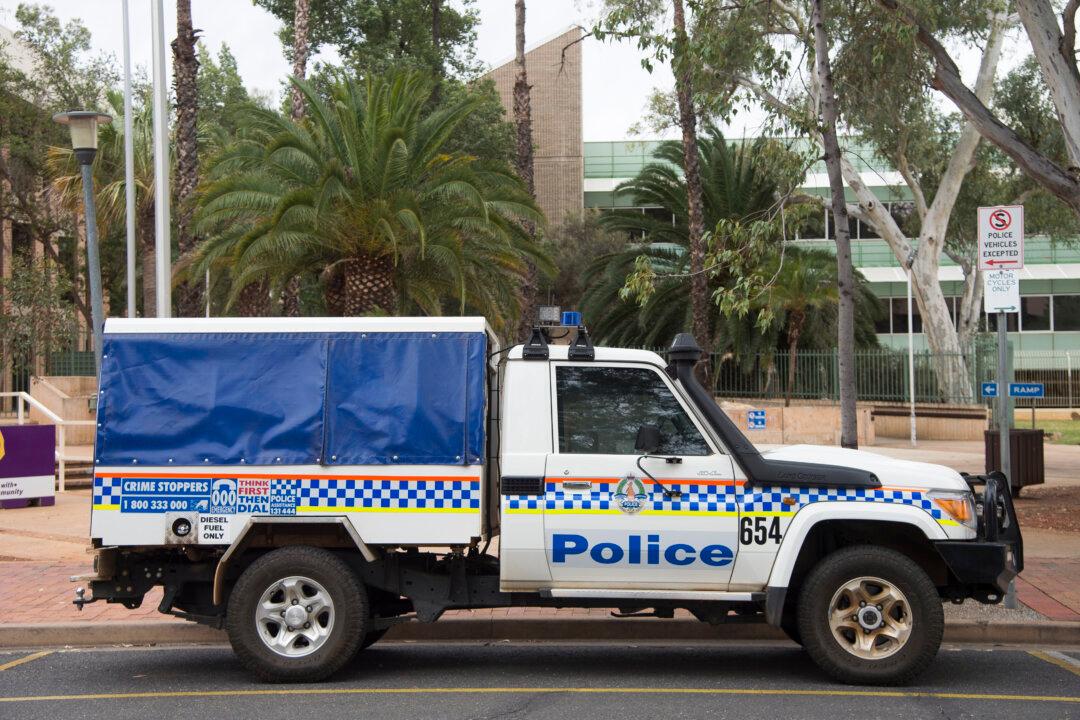As a result of a successful breeding program, an endangered rodent has been returned to Melbourne’s Royal Botanic Gardens Cranbourne for the first time in nearly 50 years.
The Pookila, also known as the New Holland Mouse, is in the Muridae family and native to Australia. Around 3,000 specimens are thought to exist in Eastern Victoria, out of an estimated 8,000 nationwide.
Melbourne Zoo and wildlife conservation park Moonlit Sanctuary worked in collaboration for several years to recover the Pookila from the brink of extinction, and native rodent biologist Phoebe Burns said in a release the work was the “culmination of decades of work by dedicated conservation scientists.”
What Led to its Extinction
Pookila are small and typically have a grey-brown fur colour with a white or cream-coloured belly.They are mainly nocturnal and primarily herbivorous, feeding on a variety of seeds, fruits, and vegetation. They are found in several habitats, including woodlands, grasslands, and heathlands across southern Australia.
They were only first documented in the wild in 1843 but vanished until 1967 when they were rediscovered in Ku-ring-gai National Park near Sydney. They were first noticed in Victoria’s Mornington Peninsula in 1970. However, they are now listed as a vulnerable species and have become extinct in over half of their known habitats.
Predation from the introduced red fox and cats had dwindled numbers, and further decline was the result of drought, land clearing, bushfires and a parasitic fungus, known as Cinnamon fungus which infects fauna on which the rodents feed.
Their numbers are most prevalent two or three years after bushfires or sand mining.
Breeding Program
Ms. Burns said the breeding program was done in several different locations to ensure genetic diversity is created, and the Pooklia had been given a soft-release into new fenced-off areas habitats at Cranbourne Gardens which offer some protection. The plan is to release them into the rest of the park in the next couple of months.“Once they’re ready, we'll let them look after themselves, but continue to keep a close eye on them.”
The lush fauna of Cranbourne will allow the rodents to thrive, and Ricardo Simao from the gardens said in a statement: “Royal Botanic Gardens Cranbourne is home to over 450 native plant species in its bushland, with native grasses and landscapes which will provide many safe hiding spots for this little creature.”
“We also have predator-proof fencing to protect them from cats and foxes, ”Mr. Simao said.






